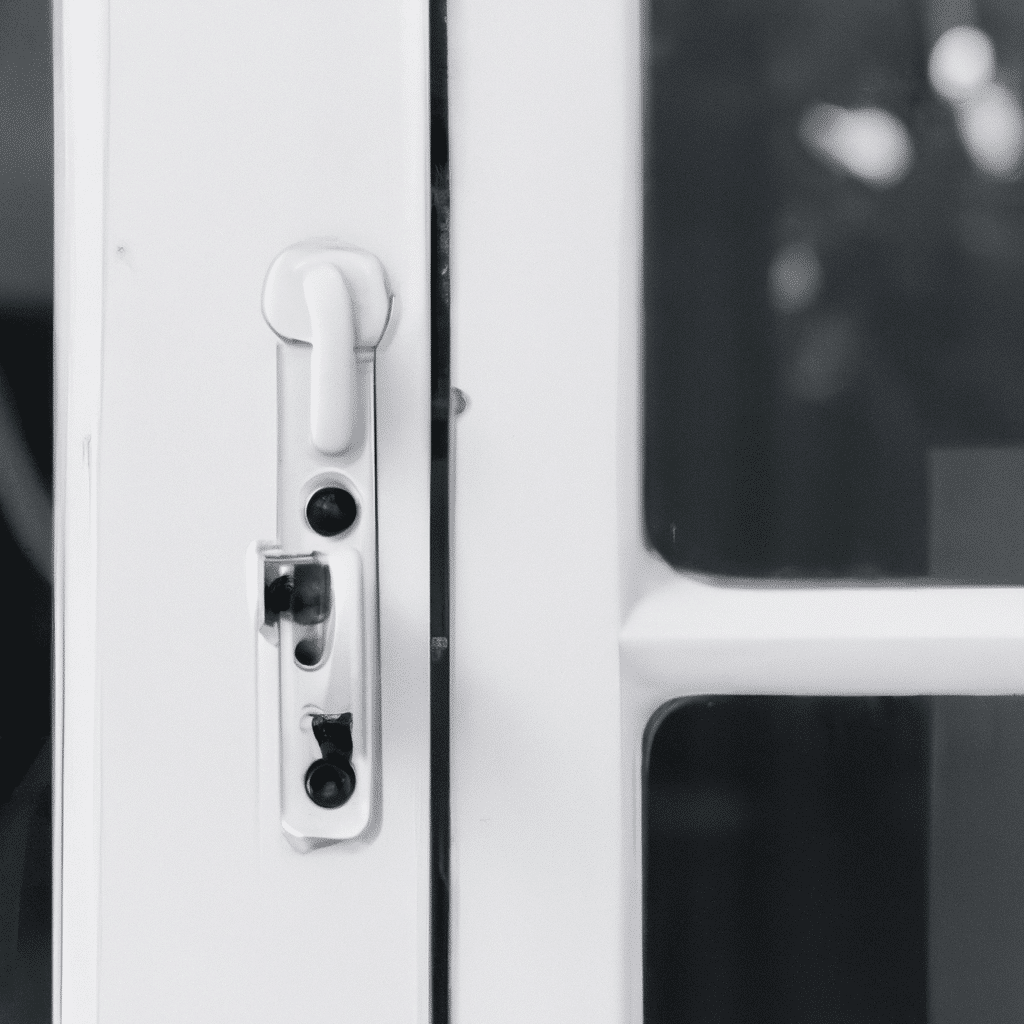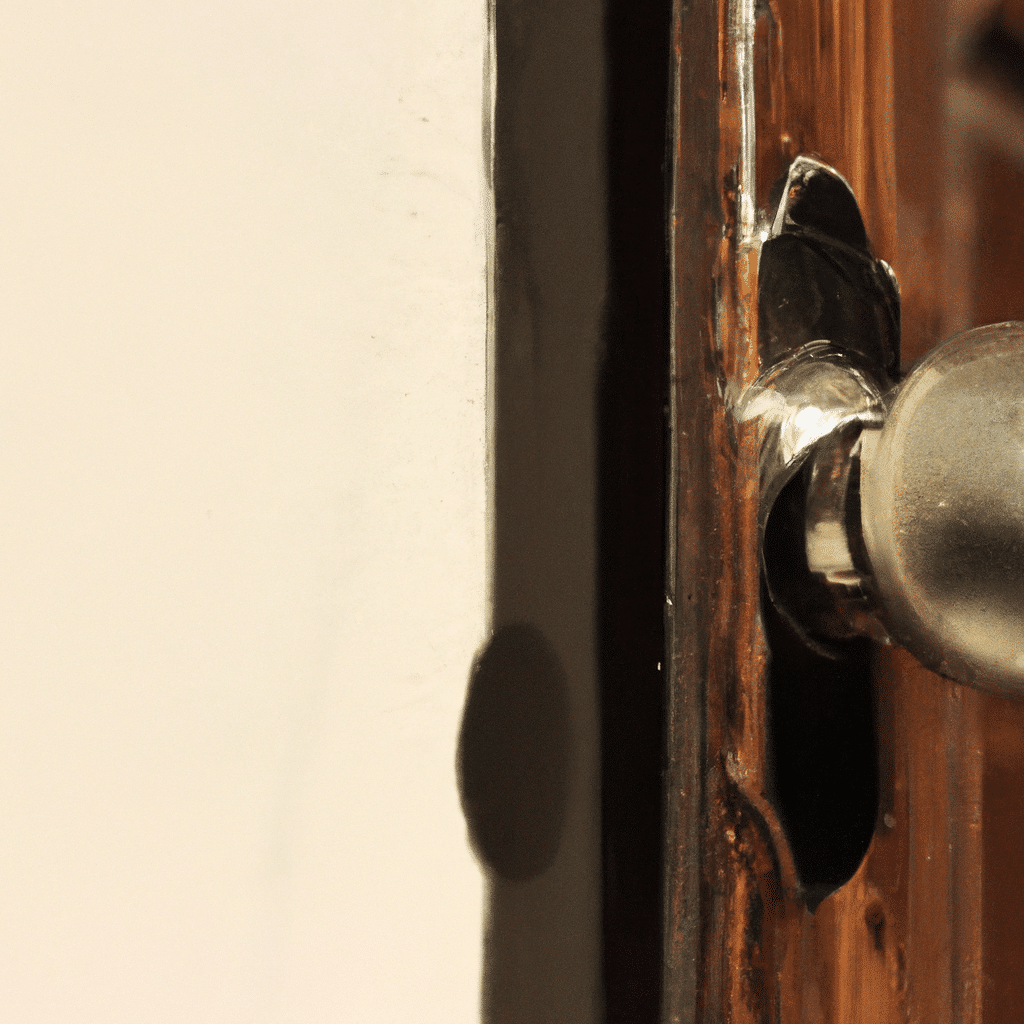So, you’re wondering if impact doors are as strong as impact windows? Well, let’s dive into that question for a moment. When it comes to protecting your home from extreme weather and potential break-ins, both impact doors and windows play a crucial role. While impact windows have gained more popularity in recent years, impact doors are equally as strong when it comes to withstanding hurricane-force winds and flying debris. So, whether you’re considering enhancing the security and safety of your home or simply looking to boost its aesthetic appeal, impact doors might just be the perfect choice for you.

1. Introduction
As a homeowner, it’s crucial to prioritize the safety and security of your property. When it comes to protecting your home from extreme weather conditions and potential intruders, impact doors and windows play a vital role. These specialized doors and windows are designed to withstand high winds, flying debris, and even forced entry attempts. However, you may be wondering whether impact doors are as strong as impact windows. In this article, we will explore both impact doors and impact windows in detail, comparing their strength, durability, installation process, maintenance requirements, cost, energy efficiency, and design options. By the end, you’ll have a comprehensive understanding of both options and be able to make an informed decision for your home.
2. Understanding Impact Doors
2.1 What are Impact Doors?
Impact doors, also known as hurricane doors or storm doors, are specifically designed to protect your home from high winds and flying debris during severe weather events such as hurricanes and tropical storms. These doors are constructed with multiple layers of durable materials such as tempered glass, laminated glass, and reinforced frames to provide maximum protection against impact forces.
2.2 How are Impact Doors Made?
To ensure their strength and durability, impact doors are made through a meticulous manufacturing process. The materials used in impact door production are carefully selected to withstand extreme weather conditions. The door frames are often made from high-quality aluminum, steel, or fiberglass, which offer optimal strength and resistance. Additionally, impact doors feature laminated glass panels that consist of two or more layers of glass with a layer of polyvinyl butyral (PVB) sandwiched in between. This lamination process enhances the door’s ability to withstand impact forces.
2.3 How They Work
When faced with strong winds or flying debris, impact doors are designed to resist impact forces and prevent them from penetrating your home’s interior. The key to their strength lies in the laminated glass panels. When impact occurs, the laminated glass prevents shattering, keeping the glass intact and preventing debris from entering your home. Additionally, the reinforced frames and weatherstripping provide a tight seal, minimizing the chances of water infiltration and wind damage.
2.4 Common Types of Impact Doors
There are several types of impact doors available, each designed for specific purposes and aesthetic preferences. Some common types include:
- Single entry doors: These are standard-sized doors that provide entry to your home. They come in various designs and styles, allowing you to choose one that matches your home’s architectural style.
- French doors: This type of impact door features multiple panels that open in the middle, providing a wide entryway and a stylish addition to any home.
- Sliding glass doors: Sliding impact doors are an excellent choice for those seeking a seamless connection between indoor and outdoor spaces. They provide a large glass surface area that allows natural light to flow into your home.
- Garage doors: Impact-rated garage doors are essential for protecting your vehicles and belongings during severe weather conditions. These doors often feature reinforced frames and impact-resistant glass panels.
3. Understanding Impact Windows
3.1 What are Impact Windows?
Impact windows, also known as hurricane windows or storm windows, are designed to protect your home from the damaging effects of severe weather conditions. They are made with reinforced materials and are capable of withstanding high winds, flying debris, and even forced entry attempts. Impact windows offer similar benefits to impact doors but are specifically designed for windows and can be easily retrofitted onto existing window frames.
3.2 How are Impact Windows Made?
Similar to impact doors, impact windows are manufactured using a combination of durable materials to ensure their strength and durability. The window frames are typically made from aluminum, vinyl, or wood-clad, providing stability and resistance to extreme weather conditions. The glass used in impact windows is usually laminated, consisting of multiple layers of glass with a PVB interlayer. This laminated glass design provides enhanced protection against impact forces.
3.3 How They Work
Impact windows function similarly to impact doors in terms of their ability to withstand impact forces. When confronted with strong winds or flying debris, the laminated glass in impact windows prevents shattering, reducing the risk of debris entering your home. The reinforced frames and tight seals further enhance the window’s ability to resist wind pressure and water infiltration.
3.4 Common Types of Impact Windows
There are various types of impact windows available, catering to different needs and preferences. Some common types include:
- Single-hung windows: These windows consist of two panes of glass, with the top sash fixed while the bottom sash can be lifted for ventilation.
- Double-hung windows: Double-hung windows feature two movable sashes, allowing for both the top and bottom portions of the window to be opened.
- Casement windows: Casement windows are hinged on one side and open outward, providing maximum ventilation and unobstructed views.
- Picture windows: Picture windows are fixed panes of glass that don’t open or close. They are ideal for maximizing the view and allowing ample natural light into your home.
4. Comparing Strength and Durability
4.1 Structural Composition
Both impact doors and impact windows are designed with robust structural compositions to withstand the forces of severe weather conditions. Impact doors typically have reinforced frames made from materials such as aluminum, steel, or fiberglass, which provide optimal strength and durability. Impact windows also feature reinforced frames made from aluminum, vinyl, or wood-clad, ensuring stability and resistance to extreme weather.
4.2 Impact Resistance
In terms of impact resistance, both impact doors and impact windows are engineered to withstand high-velocity impacts from flying debris. The laminated glass used in both options provides a significant advantage in preventing shattering, reducing the risk of debris entering your home. However, it’s important to note that the specific impact resistance of each product may vary depending on factors such as the thickness and number of glass layers used.
4.3 Wind Pressure Resistance
Both impact doors and impact windows are designed to resist strong wind pressures during severe weather events. The reinforced frames and tight seals in both options help maintain the structural integrity of your home, preventing wind from entering and causing damage. However, impact windows often require additional reinforcement, such as impact-rated shutters or screens, to provide maximum wind pressure resistance.
4.4 Water Infiltration
Both impact doors and impact windows are designed to minimize water infiltration during heavy rainfall and storms. The tight seals and weatherstripping in both options ensure that water does not enter your home, protecting your interior from potential water damage. However, it’s important to ensure proper door installation and maintenance to ensure optimal performance.
4.5 Thermal Performance
When it comes to thermal performance, impact doors and impact windows offer energy-saving benefits by reducing heat transfer through their insulated glass panels. The laminated glass used in both options provides an additional layer of insulation, helping to keep your home cool in hot climates and warm in colder climates. Proper insulation and sealing can significantly contribute to energy efficiency and lower utility bills.

5. Installation and Maintenance
5.1 Installation Process
Both impact doors and impact windows require professional installation to ensure proper fit, alignment, and performance. The installation process involves removing existing doors or windows, preparing the opening, and securely fitting the impact-rated product. It’s important to hire experienced and reputable contractors who specialize in impact door and window installation to ensure a proper and efficient installation.
5.2 Maintenance Requirements
In terms of maintenance, both impact doors and impact windows require regular cleaning and inspection to ensure their longevity and performance. Cleaning can be done with mild soap or non-abrasive cleaners, as harsh chemicals may damage the surface. It’s recommended to clean the glass panels, frames, and hardware at least twice a year or as needed. Additionally, regular inspection of the seals, weatherstripping, and hardware is crucial to ensure everything is in good condition and functioning as intended.
6. Cost Comparison
6.1 Initial Cost
The cost of impact doors and impact windows can vary depending on factors such as size, design, and manufacturer. Generally, impact doors tend to be more expensive than impact windows due to their larger size and complex construction. However, it’s important to consider the specific needs and requirements of your home when comparing costs. Consulting with reputable suppliers and contractors can provide you with accurate cost estimates tailored to your project.
6.2 Long-Term Cost
While impact doors may have higher initial costs, they can potentially result in long-term cost savings. The durability and strength of impact doors can reduce the need for frequent replacements or repairs, saving you money in the long run. Additionally, the energy-efficient properties of both impact doors and windows can contribute to lower utility bills over time.
7. Energy Efficiency
Both impact doors and impact windows offer energy-efficient benefits by reducing heat transfer and preventing air leakage. The insulated glass panels, combined with proper installation and sealing, help to regulate the temperature inside your home. This can result in reduced reliance on heating and cooling systems, leading to lower energy consumption and cost savings.
8. Aesthetics and Design Options
Both impact doors and impact windows come in a wide range of designs and styles to suit various architectural preferences. Whether you prefer a traditional or contemporary look, there are numerous options available to complement your home’s aesthetics. From different colors and finishes to decorative glass patterns, you can customize impact doors and windows to match your personal style and enhance the curb appeal of your home.
10. Conclusion
In conclusion, impact doors and impact windows offer significant protection and security for your home during severe weather conditions. While both options are engineered to withstand high winds and impact forces, they do differ in terms of structural composition, installation process, and cost. Impact doors tend to be more expensive and require professional installation, but they offer larger surface areas of protection and can potentially result in long-term cost savings. Impact windows, on the other hand, are specifically designed for windows and can be retrofitted onto existing window frames. They provide similar benefits to impact doors but may require additional reinforcement for maximum wind pressure resistance. Ultimately, the choice between impact doors and impact windows depends on your specific needs, budget, and aesthetic preferences, so it’s important to carefully consider these factors before making a decision for your home.
